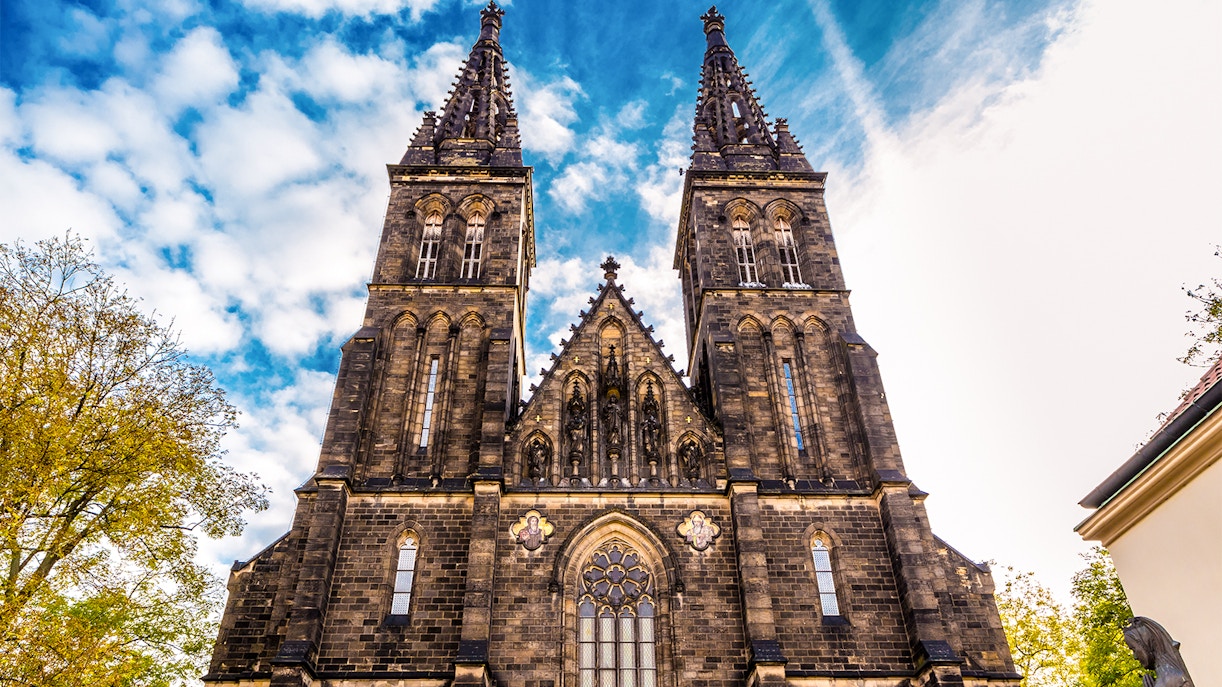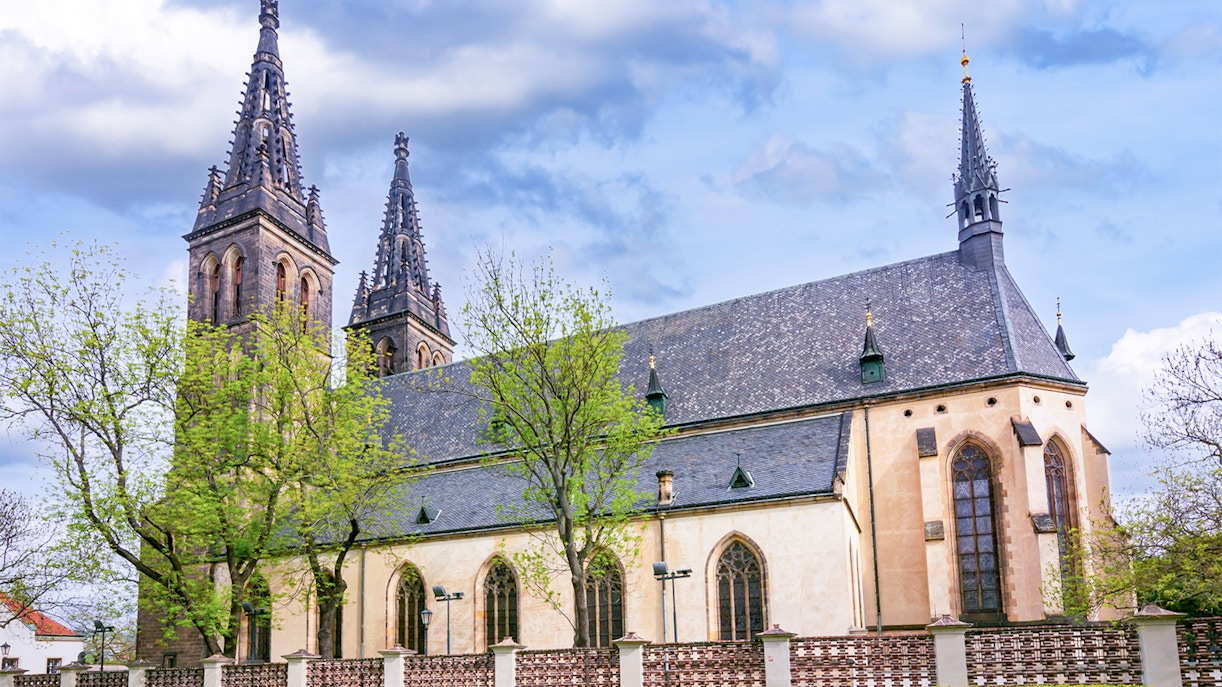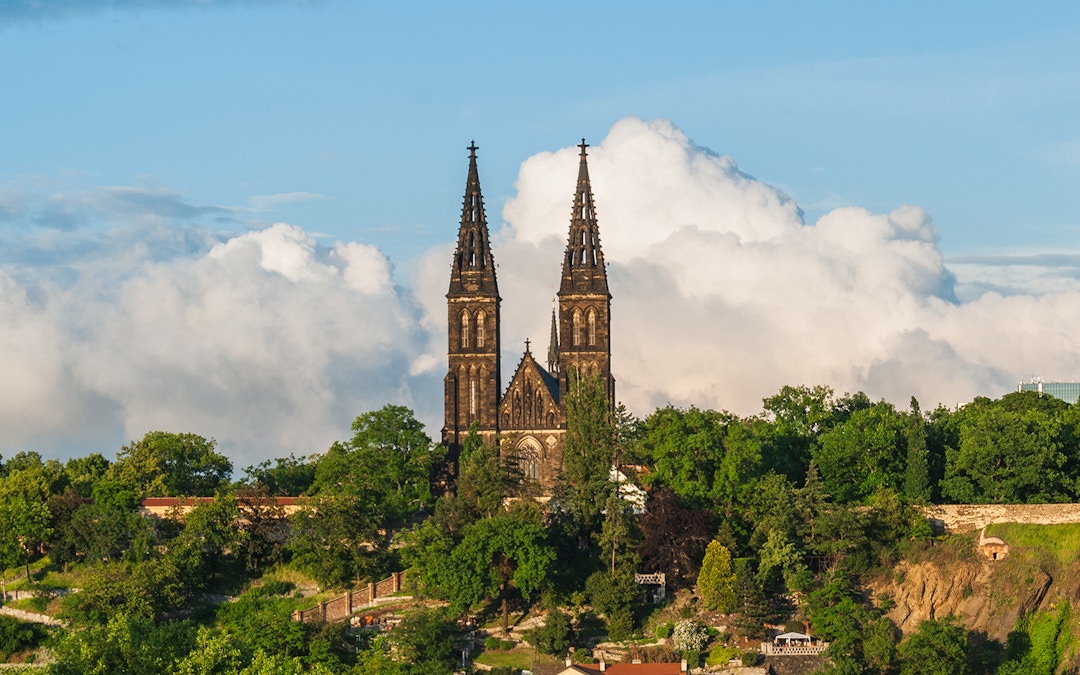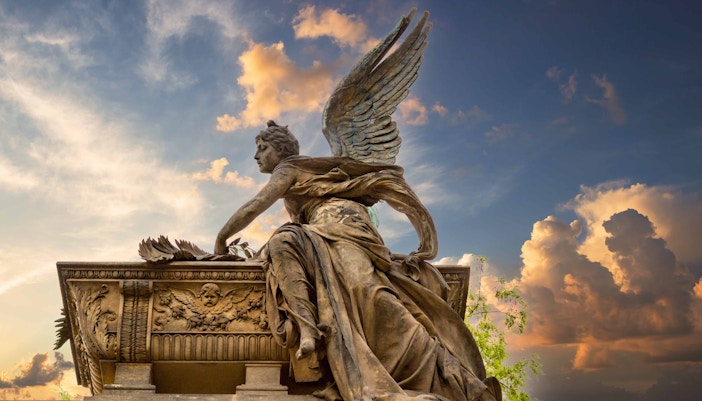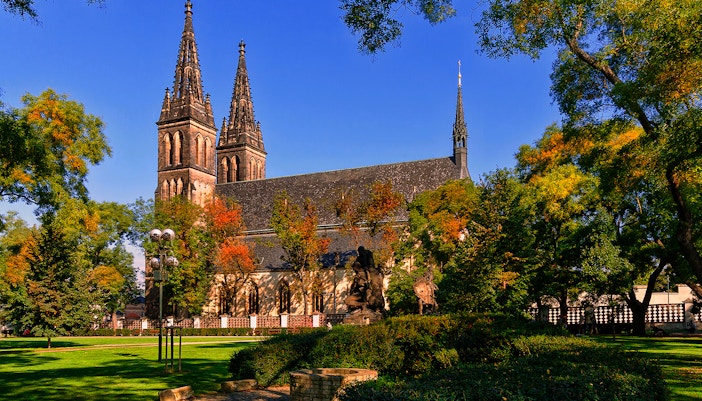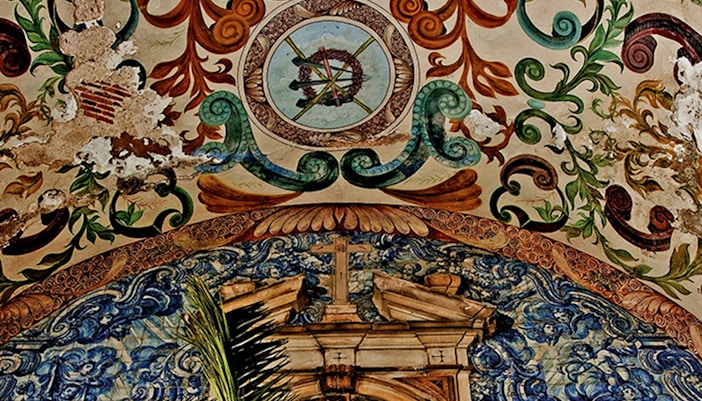The distinctive twin steeples, which are a highlight of the Vyšehrad skyline, were built in 1903, following a neo-Gothic renovation of the basilica by architect Josef Mocker in the 1880s. The inside of the church is a colorful amalgamation of art nouveau frescoes painted by numerous Czech artists.
The Basilica of St. Peter and St. Paul is among the city's most striking examples of Slavic Art Nouveau architecture. It's hard to believe that the magnificent chapel isn't the first location that people are asked to go to when they visit Prague. The expansive art nouveau murals that surround this edifice are breathtaking and a must-see for anybody visiting Prague. The visit also acts as a historical lesson on the Slavic people, Czech society, and even art.
